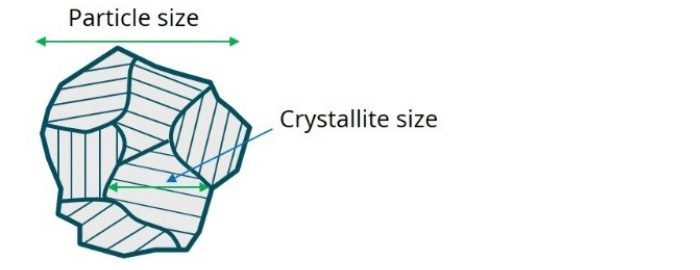Modern batteries like Li-ion have revolutionized our day to day life from smart mobile devices to pollution free electric cars and intelligent power management solutions. Batteries also hold the potential to being economical alternatives for mass energy storage to compliment renewable energy resources for power grid applications. Despite these successes, gaps in the battery technology remain in terms of safety as well as performance. Many new materials and battery chemistries are in research and development phase to enhance the energy density, discharge capacity and safety of new generation batteries. Electrodes used in Li-ion batteries have a defining influence on their electrochemical performance and are typically manufactured by coating a metal foil substrate with a multicomponent slurry made up of active electrode particles and conductive additives suspended in a binder solution. Primary particle size and crystalline phases of electrode materials play a significant role in the diffusion of Li-ions and impact key battery performance parameters such as ion transfer rate and battery recharge time. Crystalline phase can broadly be characterized in terms of phase composition and crystallite size.
Phase composition (e.g. Ni concentration in NCM cathode materials) governs energy density and materials stability during cycling. So, a careful control over phase composition is needed while working on new cathode materials. Having the correct chemical composition of starting materials is not enough, though, to ensure correct phase composition of final cathode materials, as the reactants may not fuse to a single crystalline phase, mandating crystalline phase analysis of finished cathode materials. Another important parameter associated with crystalline phase, the crystallite size, represents coherent crystalline domain, which in general, may be different from the particle size as shown in Figure 1.

However, in processes where primary particles nucleate and later agglomerate to form large secondary particles, a correlation may exist between the crystallite size and the primary particle size.





